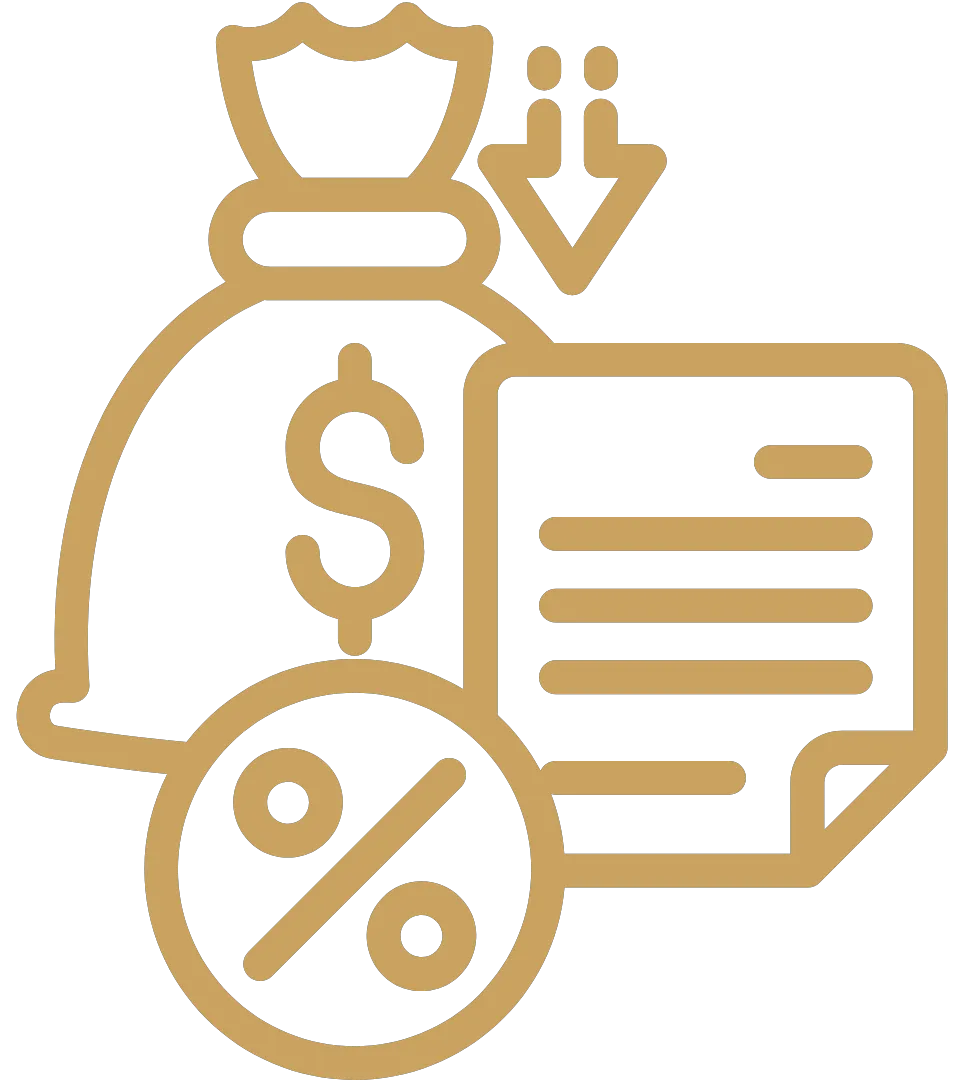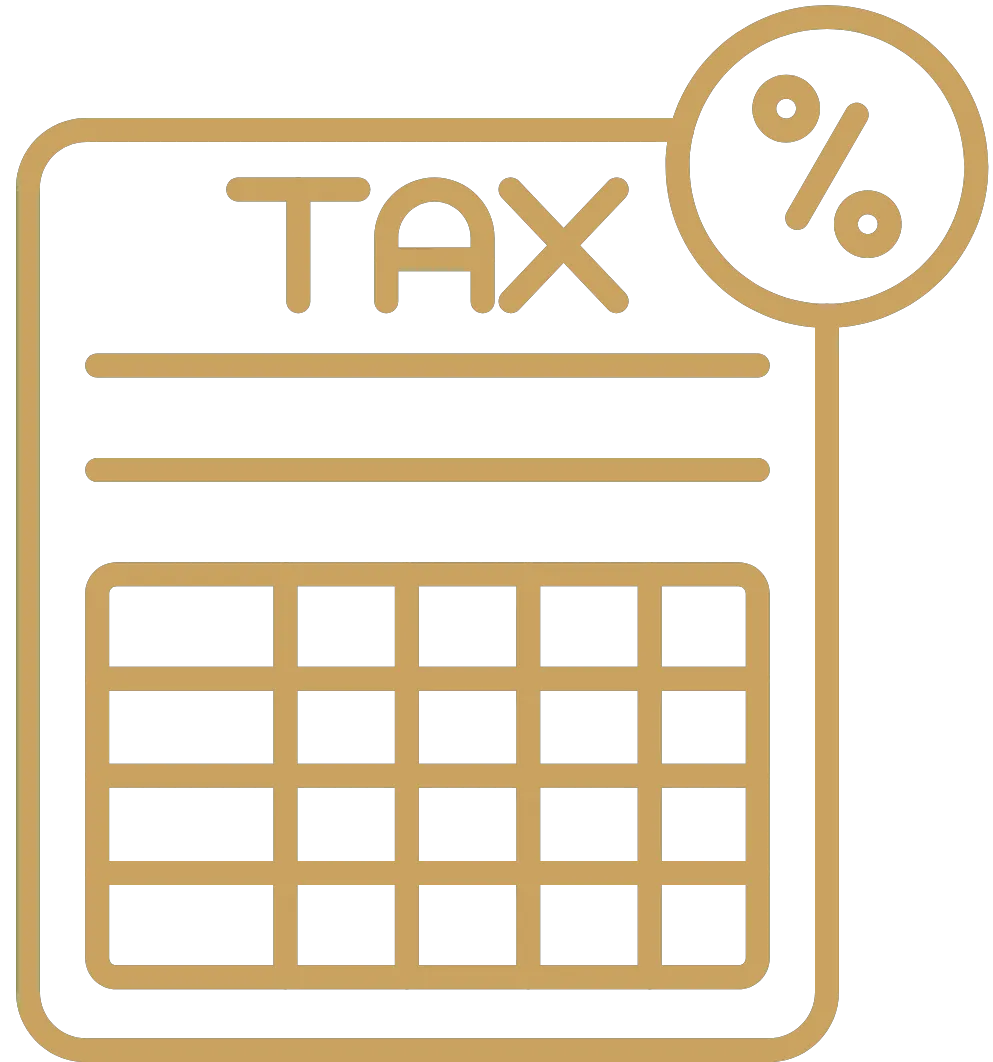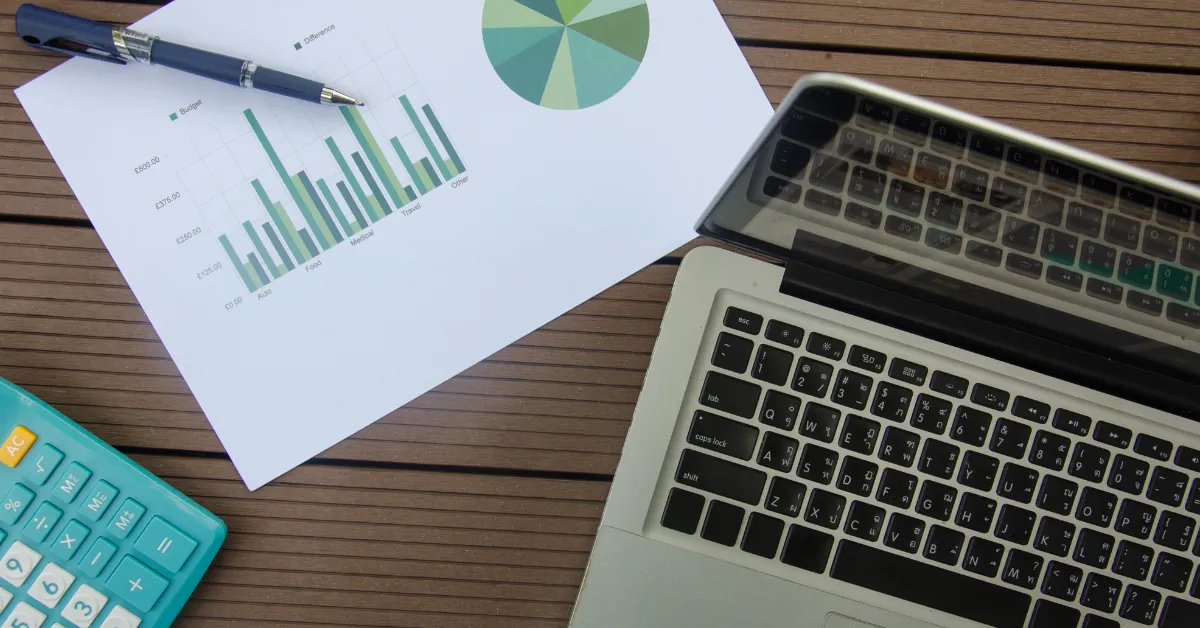Debt Settlement in New Hampshire
Debt Settlement Experts
Are you drowning in debt and overwhelmed by constant stress? At Second Start Financial, we understand the challenges that come with excessive debt, and we’re here to help. We know that many hardworking New Hampshirites are struggling to keep up with credit card bills, medical expenses, and other unsecured debts, often due to circumstances beyond their control. That’s why we’re dedicated to providing personalized debt settlement services to help you achieve financial freedom. Our experienced professionals will work with you every step of the way to create a customized plan that fits your unique needs and goals. With our help, you can break free from the burden of debt and start building a brighter financial future.

How Professional Debt Settlement
New Hampshire Can Help You

Avoid Bankruptcy
Prevent the long-term consequences of bankruptcy by settling your debts instead.

Lower Balances
Negotiate with creditors to reduce your outstanding balances and pay less than you owe.

One Monthly Payment
Simplify your debt repayment process by making a single, affordable monthly payment.

Stop Collections
End harassing calls and letters from collection agencies by enrolling in a debt settlement program.

Tax Benefits
Understand the potential tax advantages of settling your debts for less than the full amount.

Become Debt-Free
Achieve financial freedom faster by resolving your debts through professional debt settlement services.

Our Proven Debt Settlement Process
At Second Start Financial, we follow a proven debt settlement process to help you achieve the best possible results. Here’s what you can expect:
1. Free Consultation: We’ll review your financial situation, explain your options, and determine if debt settlement is right for you.
2. Personalized Plan: We’ll create a customized debt settlement plan based on your unique circumstances, including your debt amount, income, and goals.
3. Dedicated Account: You’ll open a special account and make monthly deposits, which will be used to settle your debts.
4. Expert Negotiations: Our skilled negotiators will work with your creditors to achieve the lowest possible settlement amounts.
5. Debt Resolution: Once a settlement is reached, we’ll facilitate the payment to your creditor and ensure the debt is properly resolved.
BLOG
Our Latest Blogs

What is a Credit Utilization Ratio and Why Does it Matter?
Your credit utilization ratio is an important factor in determining your credit score. It measures how much of your available credit you are using at any given time. Specifically, your credit utilization ratio compares the amount of credit you are currently using to the total amount of credit available to you.
What is the credit utilization ratio?
The credit utilization ratio is a measure of how much of your total available credit you are currently using. It is calculated by dividing your total outstanding revolving credit card balances by your total credit limits on those cards. For example, if you have $5,000 in total credit card balances and $20,000 in total credit limits across all your cards, your credit utilization ratio would be $5,000 / $20,000 = 25%. The lower your credit utilization ratio, the better for your credit score. Generally, experts recommend keeping your ratio below 30%.
Why Your Credit Utilization Ratio Matters
Financial experts typically recommend keeping your credit utilization ratio below 30%. The lower your ratio, the better it is for your credit score. That's because a high credit utilization ratio can indicate higher risk to lenders.
For example, say your credit limit across all your credit cards is $10,000. If you are carrying $5,000 in balances across those cards, your credit utilization ratio would be 50% ($5,000/$10,000). Such a high ratio might make lenders worry that you are overextended.
On the other hand, a low credit utilization ratio shows lenders that you are using your credit responsibly. It demonstrates that you have plenty of available credit remaining relative to what you are actually using.
How Your Credit Utilization Ratio Is Calculated
Your credit utilization ratio is calculated by dividing your total outstanding revolving credit card balances by your total revolving credit limits.
For example:
Credit card A: $2,000 balance, $10,000 limit
Credit card B: $1,000 balance, $5,000 limit
Total balances: $3,000
Total limits: $15,000
$3,000 total balances / $15,000 total limits = 20% credit utilization ratio
The key thing to understand is that your credit utilization ratio looks at your revolving credit card balances relative to limits, not installment loans like mortgages or auto loans. Also, it's a snapshot in time—it will change from month to month depending on your balances.
Tips for Improving Your Credit Utilization Ratio
Here are some tips for keeping your credit utilization ratio low and your credit score healthy:
Pay down balances - The quickest way to lower your ratio is to pay down your credit card balances. Even if you can't pay them off entirely, bringing balances down will help.
Increase credit limits - Requesting higher limits on your credit cards can expand your available revolving credit and decrease your utilization ratio. Just don't let higher limits tempt you into more spending!
Use your cards lightly - Try to use no more than 30% of your available credit limits, and pay balances off in full each month when possible. Keeping card usage low will support a lower utilization ratio.
Track your ratio monthly - Check your credit utilization ratio every month, since it fluctuates. Shooting for under 30% utilization will help your credit score the most.
Use installment loans wisely - Your credit utilization ratio looks only at revolving credit card balances, not installment loans. But high installment loan balances can still indirectly impact your credit score.
The Impact of a High Credit Utilization Ratio
A high credit utilization ratio above 30% can negatively impact your credit in a few key ways:
Lower credit score - Higher utilization almost always leads to a lower credit score, since lenders see you as a riskier borrower.
Higher interest rates - With a reduced score, you'll get less favorable interest rates from lenders on loans and credit cards.
Lower borrowing limits - Lenders may offer you lower credit limits than you might qualify for otherwise with good utilization.
Higher chance of denial - Applying for new credit with a high utilization ratio increases your odds of being turned down.
When Does Utilization Start Affecting Your Score?
Your credit utilization ratio is typically updated every month when new credit card statements cut. So if your utilization suddenly jumps up one month, expect it to impact your next credit score refresh.
However, FICO and VantageScore credit scoring models don't tend to penalize temporary spikes in utilization. Your score is more likely to be affected if high utilization persists for several months.
The impact also depends on just how high your utilization ratio is. For example, going from 5% to 15% utilization likely won't have a big impact on your credit score. But jumping from 10% to 50% could reduce your score significantly.
Tips for Managing Your Utilization
Here are some final tips for effectively managing credit utilization:
Review your credit reports regularly to make sure you know all your current balances and limits.
Consider signing up for credit monitoring to track your utilization ratio over time.
If applying for new credit, try to time applications after you've paid down balances, so your utilization is lower.
Don't "max out" your cards, as high per-card utilization can hurt, even if overall utilization looks okay.
Contact issuers to request higher credit limits if needed, which can help lower your ratio.
Set up automatic payments on credit cards to avoid missing payments, which worsens both utilization and credit scores.
Keeping a close eye on your credit utilization ratio and making efforts to keep it low will pay off in the form of better credit health long-term!
Improve Your Credit Utilization Ratio with Second Start Financial
Is your credit utilization ratio higher than you'd like it to be? Second Start Financial is here to help. Our financial experts can review your current credit profile and develop a customized debt settlement or debt management plan to pay down balances and optimize your credit utilization. By lowering your ratio through proven debt solutions, we can help you improve your credit score and unlock better rates from lenders. Contact us today for a free consultation and start strengthening your financial foundation. Our utilization optimization guidance and debt settlement programs have helped clients just like you build healthier credit and reach their financial goals. Take control of your credit utilization ratio - let Second Start Financial show you how.
Debt FAQ's
What is debt settlement?
Debt settlement is a process where a debtor and creditor agree to settle a debt for less than the full amount owed. This can help the debtor pay off their debt more quickly and affordably than continuing to make minimum payments.
How does debt settlement work?
Our debt settlement program works by negotiating with your creditors to settle your debts for less than the full amount owed. You make regular payments into a savings account, which we use to negotiate with your creditors on your behalf. Once a settlement is reached, you make a one-time payment to settle the debt.
Will debt settlement affect my credit score?
Yes, debt settlement may have a negative impact on your credit score. However, if you’re already struggling with high levels of debt, your credit score may already be affected. Our goal is to help you become debt-free as quickly and affordably as possible, so you can start rebuilding your credit score.
What types of debt can be settled?
Generally, unsecured debts like credit card debt, medical bills, and personal loans can be settled through our debt settlement program. However, certain types of debt like student loans and tax debt cannot be settled through debt settlement
How long does debt settlement take?
The length of the debt settlement process can vary depending on your specific financial situation and the amount of debt you have. However, most of our clients are able to become debt-free in 24-48 months.
TESTIMONIALS
A few years ago, my husband and I enrolled in this program, and it was a lifesaver. It truly helped us out of a difficult situation.
Claire Martinez
I couldn’t have hoped for a better solution to help me with my debt. Second Start Financial has exceeded my expectations and helped me pay off my debt sooner than I anticipated. The approval process was quick and painless, and now I’m on my way to regaining control of my life and improving my creditworthiness. Thank you so much!
Samantha Bailey







At Second Start Financial, we are dedicated to helping you regain control of your life. Our mission is to provide you with effective debt relief solutions that address your unique financial situation.
At Second Start Financial serves the following States only:
Alabama | Alaska | Arizona | Arkansas | California | Colorado | Florida | Georgia | Idaho | Illinois | Indiana | Iowa | Kentucky | Louisiana | Maryland | Massachusetts | Michigan | Mississippi | Missouri | Montana | Nebraska | Nevada | New Jersey | New Mexico | New York | Ohio | Oklahoma | Pennsylvania | South Dakota | Tennessee | Texas | Utah | Virginia | Wisconsin
Disclaimer:
Second Start Financial Inc is not a Broker or Lender. The role of Second Start Financial is to connect potential borrowers with lenders and financial service providers. Second Start Financial does not provide credit offers or solicit lending. The website and its operators solely offer a connection/matching service and are not agents, representatives, or brokers of any lender. They do not make credit decisions and do not charge potential borrowers for any loan or product.












